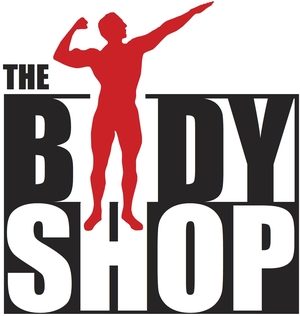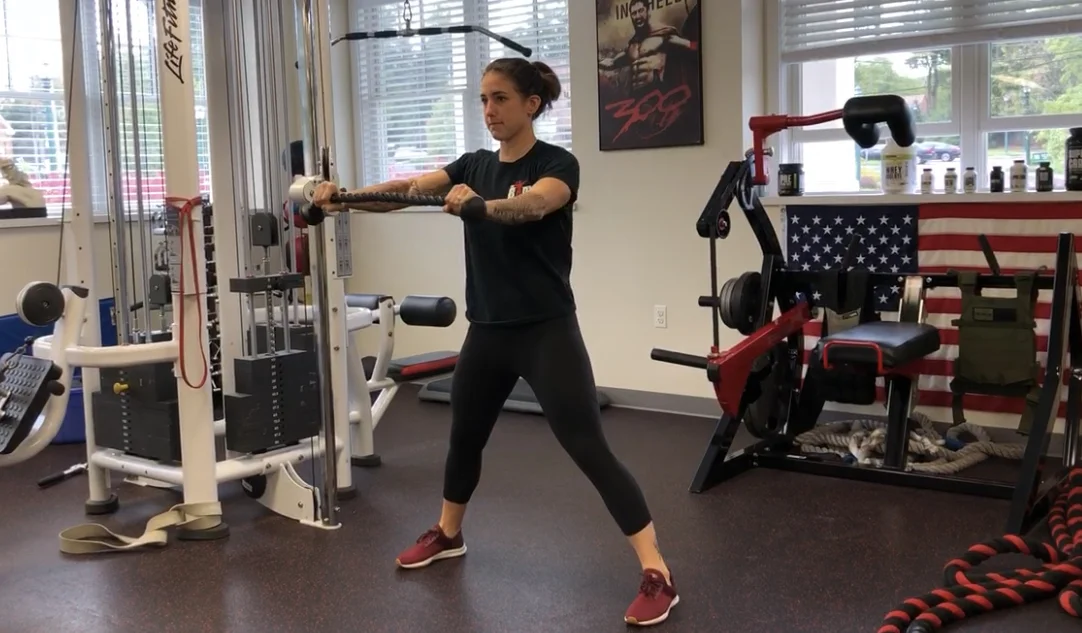If you know anything about fitness, you know that having a strong “core” is crucial. This is a topic that has already been well documented by fitness magazines, Youtubers, instagram coaches eager to sell you on their own six pack abs.
However, despite the word “core” being thrown around so often, I wouldn’t be surprised if most people really don’t understand what it is and what purpose it actually serves beyond aesthetics. Even more of a mystery might be how to go about accomplishing the task of having a strong one.
In this article we will be addressing more of the functionality of having a strong core and less about the aesthetic “six-pack,” which is really only one piece of the core puzzle. Keep in mind you can have an incredibly strong functioning core and NOT have a six-pack. I would even argue that the reverse is true. You can have a six-pack, but a functionally weak core. Having a six-pack abs is much more related to genetics and diet then exercise. However, we all have the ability to have a bulletproof core with smart and effective training.
We’re going to keep it real and give you the true formula for having a bulletproof midsection that will help reduce your risk for injury and hopefully help avoid issues like back pain later in life. Afterall, those are the main functions of a good core.
What muscles make up your core?
Your core can be defined simply as your torso or midsection... anything that does not include your arms, legs and head. Here are more specifically some of the important muscles:
The inner unit is like a box that is comprised of 4 muscles:
Transverse Abdominis (TVA) - front
Multifidi muscles- back
Pelvic floor - bottom
Diaphragm- top
The outer unit muscles which are more superficial, consist of
Rectus abdominis
Internal and external obliques
Erector spinae
What is the function of your core?
While this could be a whole book topic on it’s own, your core provides anatomical support and supports your posture. It serves to stabilize the spine during dynamic movements. Think of the ability to remain stationary, standing firm, rigid and strong while being acted on by an outside force-- this has both real world and sport performance application. The core also transfers energy from the legs to the upper body. Instability will weaken that transfer of power and allow energy to dissipate before reaching the upper body.
How often should I train core?
Opt for doing 1 to 2 core exercises every workout as opposed to doing an entire “core” workout. It may be better trained in lower volume bouts more frequently than for an entire session only 1x per week. Keep in mind, anytime you strength train you are indirectly working the core during many exercises like deadlift, squat, overhead press, pushups and plenty others.
What are the most effective core movements?
The most effective core exercises aim to condition it in a way that makes sense based on its function, to be stable and firm while acted on by outside forces and to support your posture.
1) Anti-Core Training
The “Anti-ab” training exercises include anti-rotation, anti-extension and anti-flexion movements. This is exactly like they sound… you are applying force on all different sides of your torso and are fighting the resistance to avoid moving. In the videos below, take note of the lack of movement and the stability, rigidity of the torso as force is applied.
*The example of anti-rotational movements in the video below show how the force is applied from the side.
*The example of anti-extension movement in the video below shows different variations of an ab rollout. Here we are putting the body in a position where we forcing ourselves to fight off arching at the low back a.k.a fighting extension.
2) Planking
Planking is a great way to work your core while maintaining a neutral spine position. For more on planking and how to do them most effectively check out our blog on the “30 Second Plank Rule.”
Bonus ways to get a strong core:
Lift Heavy Weights (without straps and belts) - When handling heavy squats, deadlifts and other compound movements your core is doing a ton of work to help stabilize the bar. The more weight we are lifting, the greater the demand we are placing on the muscles of the core to stabilize the weight and to remain rigid through our torso to prevent from collapsing forward or backwards.
Lift Heavy Weights Unilaterally - Loading weight on one side of the body really challenges the core and mimics many real life situations. Most things we do, including sports, we are not loading the body equally so it makes sense to incorporate that into your training.
Carry Heavy Things at least 1x per week - Same concept applies here. In order to walk while holding weights, we are needing to generate force to our upper and lower extremities through our core. It also challenges us to maintain posture, which in turns helps to maintain good posture and correct poor posture.
Sit Less Often - Excessive sitting can wreak havoc on our physiology. One common issue is known as “Lower Cross Syndrome,” which creates a weakening of the internal core muscles and the glutes.
Do Less
Crunches - Crunches have come under suspicion over the last few years because of research that shows that they may be unhealthy on your spine. Forcefully flexing the spine for hundreds of reps could potentially lead to issues like back pain and herniated disc. Its safe to say that you can replace your crunches with more spine friendly exercises from the categories of movements listed above.
Ab “machines” - A lot of ab machines work under the same mechanism as crunches and cause unnecessary flexion of the spine while also allowing you to load up these positions with weight, which could be even more harmful. Being positioned in the constraints of a machine takes away your opportunity to work to stabilize your own body positioning—which is counter-intuitive to core training.


